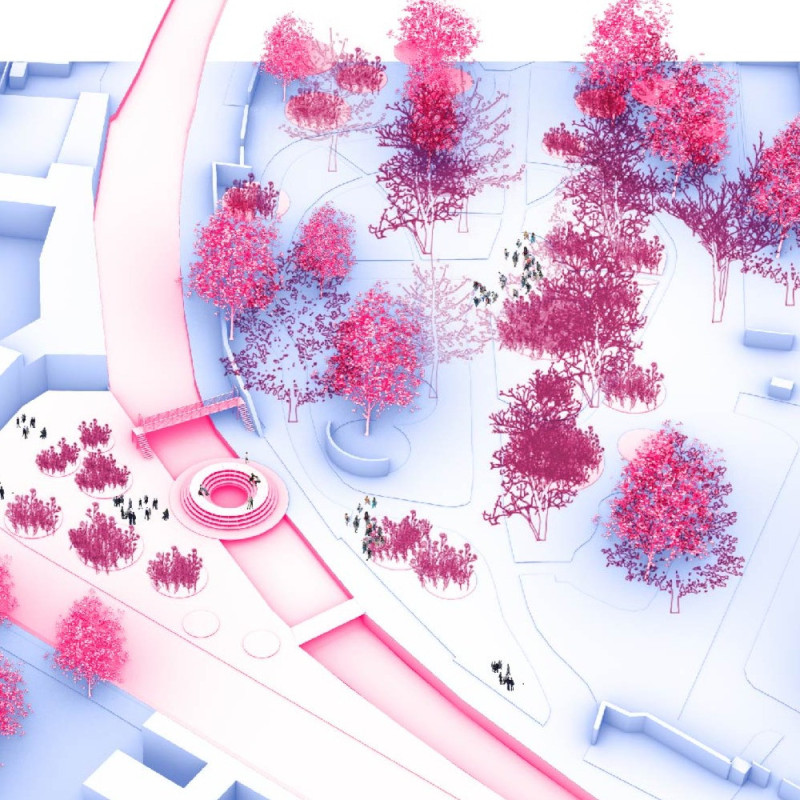5 key facts about this project
The redevelopment of the Navigli canal in Milan aims to connect urban life with the natural environment. Located in a historically significant area, the design focuses on the role of water in city life, making it easier for people to access and enjoy the waterfront. The overall concept integrates public spaces and promotes social interactions while considering environmental aspects.
Opening Up the Navigli Canal
A key aspect involves revealing sections of the Navigli canal that are currently hidden underground. The intention is to bring the water back into view, emphasizing its importance in the urban landscape. By showcasing the canal, the design invites people to engage with the water, encouraging community gatherings and activities along its banks.
Transformation of Via Melchiorre Gioia
The project includes a redesign of Via Melchiorre Gioia to create a shared street that favors pedestrians and cyclists over cars. This change aims to lower traffic and emissions, creating a safer space for people. The new layout improves connections between different parts of the area, allowing for better movement and interaction among residents and visitors.
The Round Bridge
A defining feature of the design is a round bridge connecting the Cassina de Pomm farmhouse to the Giardino Cassina de Pomm. This bridge serves multiple purposes; it acts as a viewing platform and an area for performances. The design incorporates three levels: ground, elevated, and water level. Each offers different perspectives and encourages direct interactions with the canal, enriching the experience for users.
Enhancing Biodiversity
Another important element of the project is the focus on increasing biodiversity along the canal. The design introduces a variety of plant species, aiming to create habitats that support local wildlife. By adding greenery to public spaces, the design enhances the environment and contributes to a healthier ecosystem. Historical features, such as the old walls of the Bonomi candle factory, are preserved, connecting the new design to the area's past.
Large pots filled with plants in front of the Cassina de Pomm offer inviting spaces for community gatherings. Seating areas are incorporated to encourage social interactions and activities. This thoughtful arrangement creates a lively public space and connects the Giardino Cassina de Pomm with the urban landscape, fostering community spirit and engagement.






















































